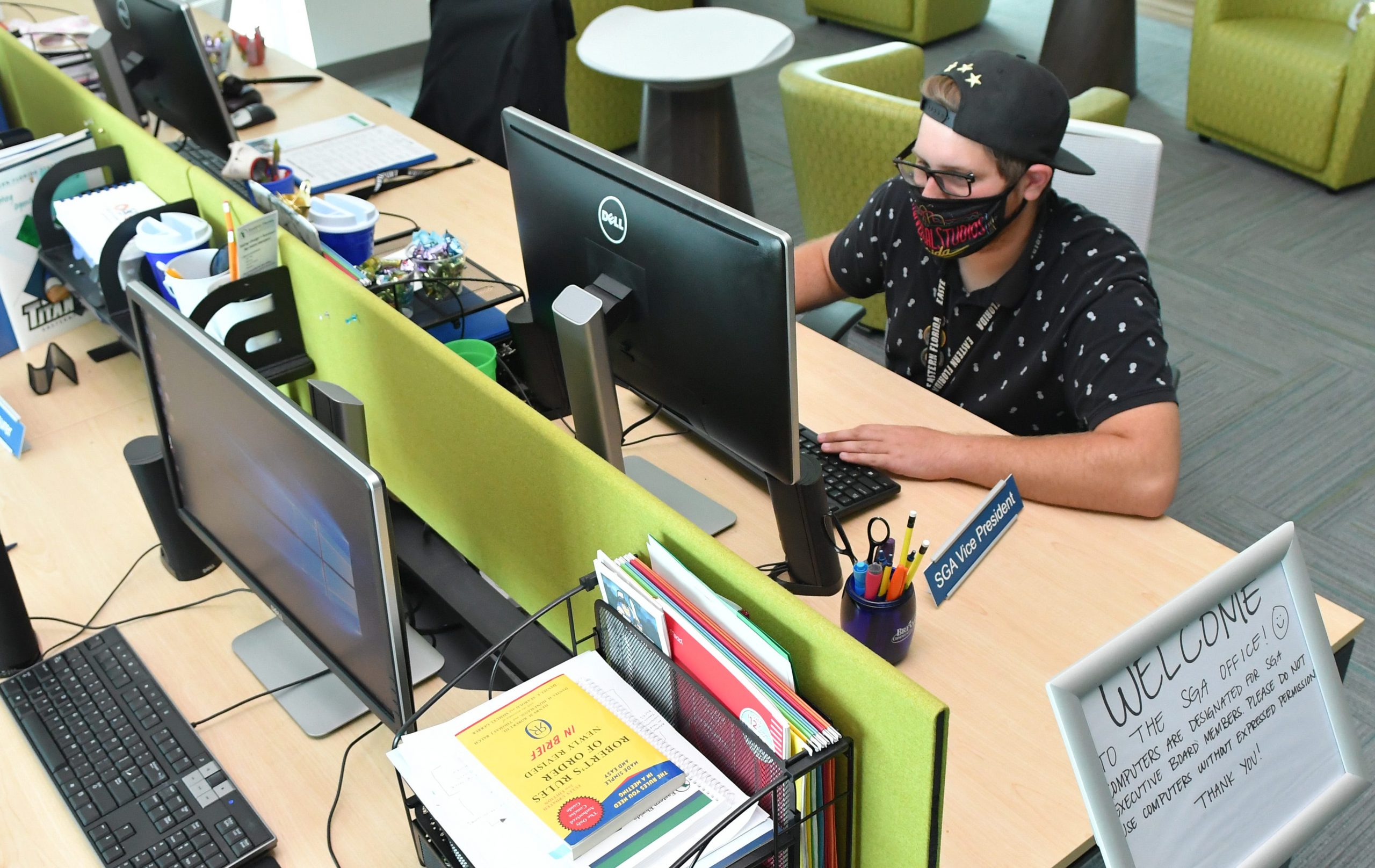So, you just learned that your child’s school will remain closed for another month. Horrifying, right? Maybe you feel like screaming or don’t know what to do. You’ve already tried virtual learning for many months, and you and your child are both tired. Unfortunately, you can’t do much until the pandemic ends. This is why you must focus on the things you can do. So instead of worrying about what’s not in your control, like government policies, turn to what is. Are there any ways you can improve your child’s virtual learning experience? For instance, can you buy or build your child a study desk? Or can you invest in Cox Gigablast 1GBPs internet to reduce learning lags?
If you fear that you’re failing as a parent by not ensuring the best study environment for your child, don’t. First of all, realize that you’ve been juggling a lot of duties. It’s not so easy to keep changing hats. So, instead of buckling under pressure, look at the bright side of things. If you have more time to spend with your child, don’t take it for granted. Consider this a unique chance to impart life lessons to your kid. And if you follow some simple steps, you can do it all with ease.
#1 Set a Routine
If your home is your child’s school, for now, prepare accordingly. This means you should try and recreate a proper school routine. To ensure that none of your days go to waste, draw up a schedule. Make a timetable for your kid that covers everything. For instance, decide on a fixed time for your child to wake up, attend classes, and do homework. It’s good if you also assign a bedtime for your child. Remember, it’s not the holidays!
Moreover, if your child doesn’t have to attend live classes, pretend that they do. This way, you will ensure that no class is skipped. Also, set different times for different subjects. Remember to schedule in short pauses and a longer lunch break!
#2 Remember Recreation
In focusing on subjects like Science and Math, don’t forget extra-curricular activities! Don’t make your child skip any classes like Arts or P.E because you think they’re not important. After studying for hours, kids need creative outlets. So, encourage your child to be creative. You can also give your child some extra lessons like music and gaming on your own. In case your child is struggling with distractions, maybe you can show them some educational videos.
#3 Set Up a Study Corner
It can be very hard to concentrate on work at home, even for adults. That’s why you should ensure that your child has a dedicated part of the house for studying. This doesn’t even have to be a proper desk. As long as the place is quiet and comfortable, it works.
But not too comfortable! You don’t want your child to study in bed. It’s not for places of work and rest to be the same, because it blurs the line between the two. Often, if we do stressful things like homework in places where we’re supposed to be relaxed, our minds get confused. So, don’t make your child do things they don’t like in their happy places! For instance, their bed, or their play area.
#4 Offer Encouragement
If the current situation is stressful for you, it’s more so for your child. While you may be able to rationalize why this is happening, your child can’t. Away from friends, school, and a healthy routine, your child is probably struggling. So, encourage them as often as you can. Do this by acknowledging all your child’s efforts. By rewarding good work with praise, treats, or simply kindness, you can make a huge difference. Your child’s mental well-being should be your primary concern.
#5 Stay Involved
It may be hard to keep up with everything but try your best. If your child has any tests coming up, you should be aware. Then, help your child prepare for them. Also, keep track of any special days! During online school, many teachers arrange virtual events like show-and-tell or a theme day to keep kids happy. Ask your child if anything like this is coming up. This way, you can ensure your child takes part and has fun! Of course, the best way to stay involved is by asking your child. Keep asking for updates on their day, feelings, and any struggles. Your child will be grateful.


